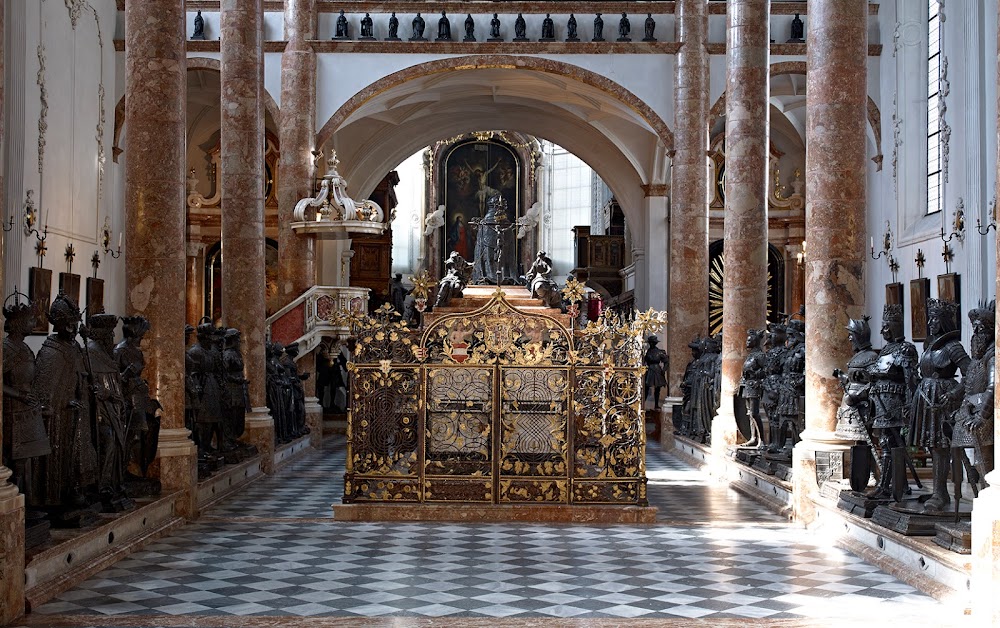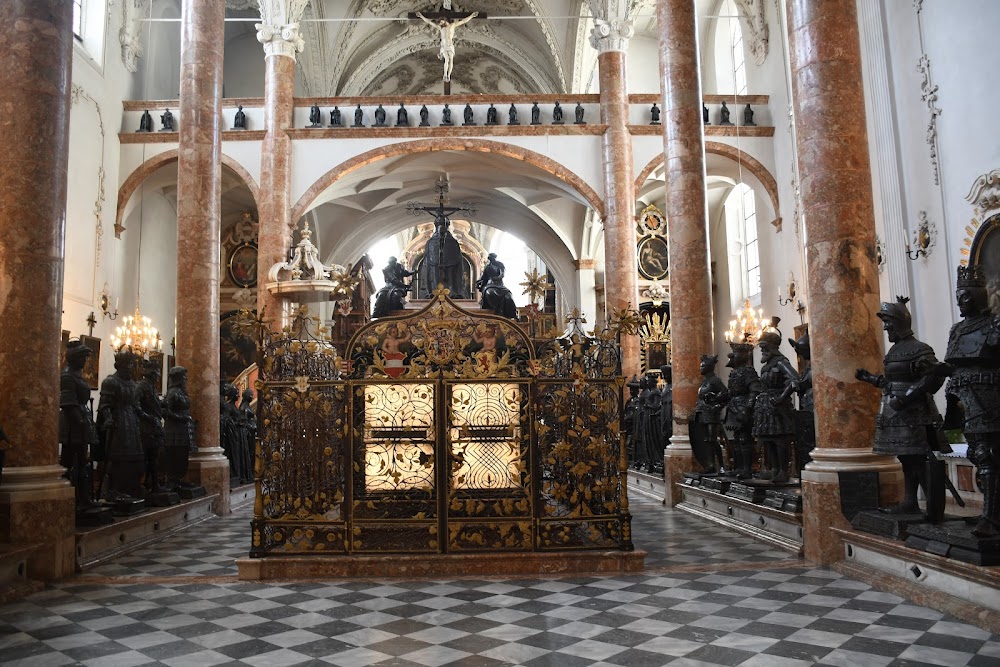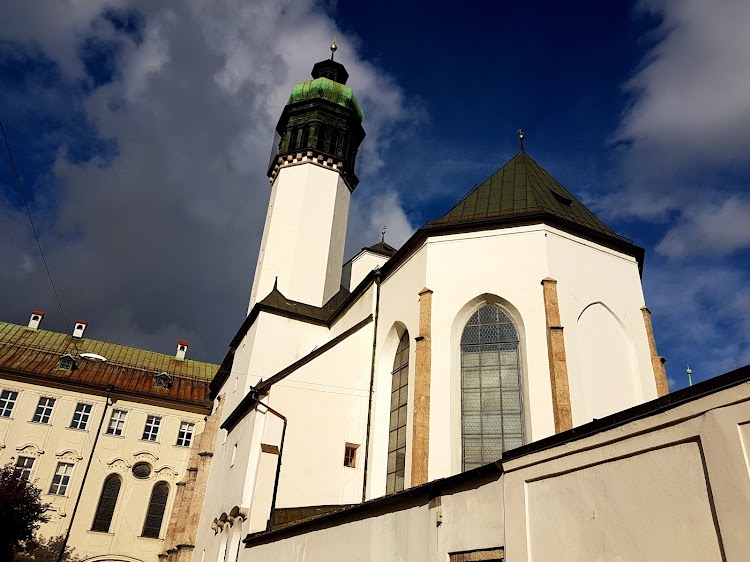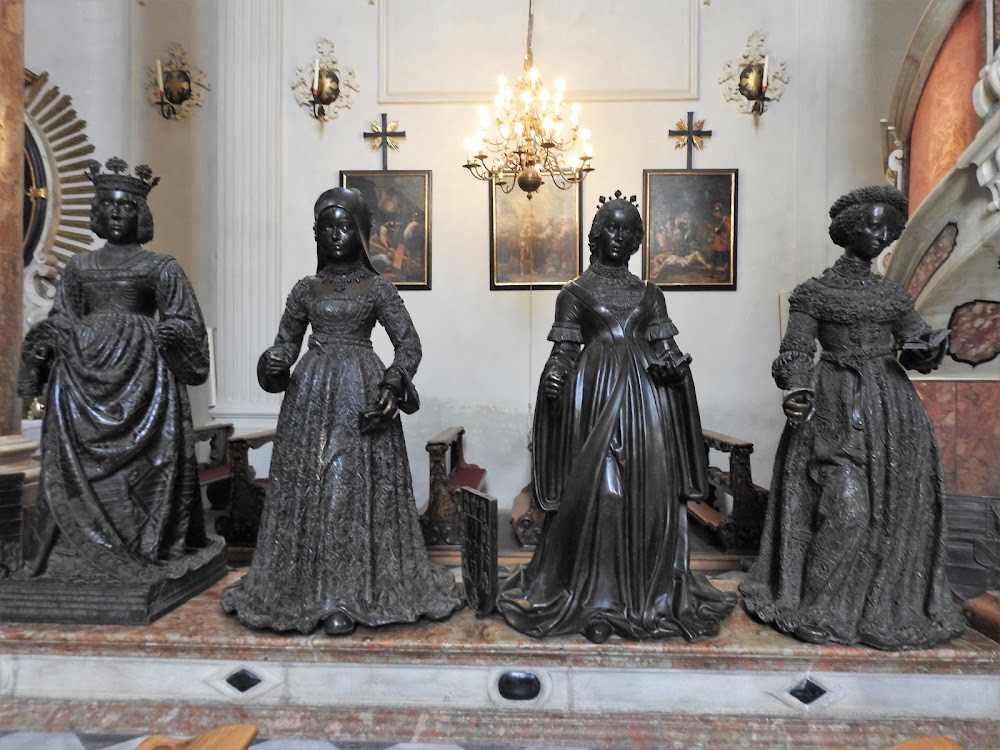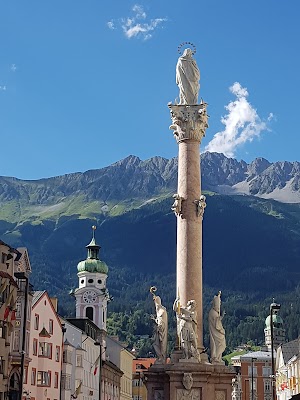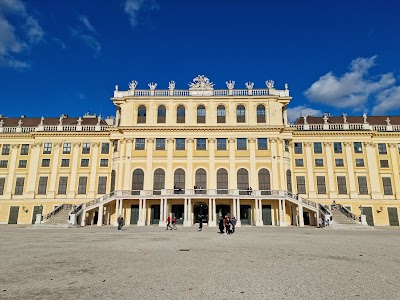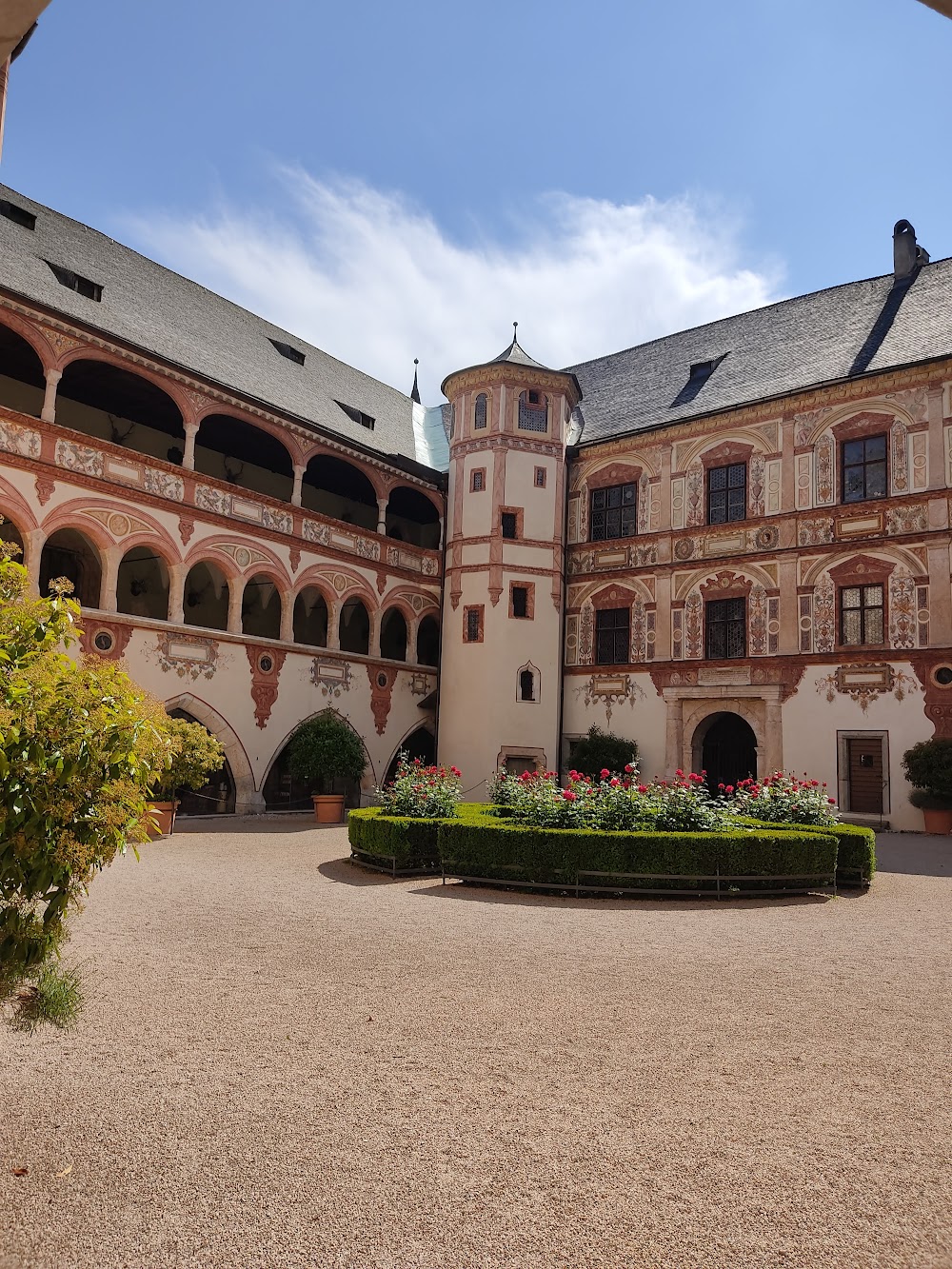Court Church (Hofkirche)
Overview
The Court Church (Hofkirche) in Innsbruck, Tyrol, Austria, stands as one of the region's most remarkable historical monuments, celebrated for its stunning architecture and rich historical significance. Built between 1553 and 1563 under the direction of Emperor Ferdinand I, this Gothic masterpiece was designed as a tribute to his grandfather, Emperor Maximilian I. More than just a place of worship, the Hofkirche serves as a mausoleum, housing incredible works of Renaissance art that reflect the era’s artistic achievements.
Maximilian I, a true patron of the arts, envisioned an impressive tomb to cement his legacy. Although he passed away in 1519, his ambitious vision came to life decades later when Ferdinand I chose to fulfill his grandfather’s wishes. The church was designed by architect Andrea Crivelli, who skillfully blended late Gothic and early Renaissance styles that were prevalent at the time. The artistic richness of the interior was further enhanced by the contributions of interior decorator and sculptor Alexander Colin, whose work is evident throughout the church.
At the heart of the Hofkirche lies the elaborate cenotaph of Maximilian I, an awe-inspiring empty tomb intricately carved from black marble. This monumental structure is surrounded by 28 larger-than-life bronze statues representing Maximilian's ancestors and heroes, referred to as the "Schwarzen Mander" (Black Men). Crafted by renowned artists, including Albrecht Dürer and Peter Vischer the Elder, the meticulous detailing in each statue showcases the artistic mastery of the Renaissance period.
The church's interior is further adorned with stunning features, such as the Silver Chapel. This chapel, designed as a mausoleum for Archduke Ferdinand II and his morganatic wife, Philippine Welser, is resplendent with silver reliefs that create a serene and magnificent atmosphere. A highlight within the chapel is the statue of Saint George slaying the dragon, expertly crafted by Colin, which adds to the artistic allure of the space.
Another significant element within the court church is the imposing organ, recognized as one of the largest and most beautiful organs in Europe. Constructed in 1561 by master organ builder Jörg Ebert, its intricate facade and harmonious sound create an ethereal ambiance during services and concerts, enhancing the overall spiritual experience.
Additionally, the church houses several important artworks and relics, including the tomb of Andreas Hofer, a celebrated Tyrolean hero who fought against Napoleonic forces. Located near the entrance, his tomb serves as a focal point for visitors interested in Tyrolean history and patriotism, adding another layer to the church's historical significance.
Today, the Court Church remains a symbol of Austria's rich heritage, drawing numerous visitors each year who come to appreciate its historical importance, artistic treasures, and the serene beauty of its architecture. Whether you are captivated by the grand cenotaph, the exquisite statues, or the magnificent organ, the Hofkirche offers a unique glimpse into the Renaissance era and the enduring legacy of Emperor Maximilian I and his lineage.


